2-Methylanisole
Synonym(s):o-Methylanisole
- CAS NO.:578-58-5
- Empirical Formula: C8H10O
- Molecular Weight: 122.16
- MDL number: MFCD00008373
- EINECS: 209-426-3
- SAFETY DATA SHEET (SDS)
- Update Date: 2025-01-27 09:38:02

What is 2-Methylanisole?
Chemical properties
o-Methylanisole has a pungent, warm, floral odor with earthy, walnut undertones. It has a sweet, fruity, nut-like flavor at low levels.
Physical properties
clear colorless to light yellow liquid. soluble in alcohol and ether, insoluble in water.
Occurrence
Reported found in starfruit, mastic gum oil and rooibus tea (Aspalathus linearis).
The Uses of 2-Methylanisole
The catalytic system of disubstituted aromatics was optimized for the 2-methylanisole reduction by a proper choice of the amine/Rh ratio which should be high enough to stabilize very small colloidal rhodium particles and low enough to avoid deactivation. The total synthesis of (±)-heliannuol D and its epimer has been completed in 9 steps and 12% overall yield from 2-methylanisole. The thermal activation of 2-methylanisole (60°C) by the Ir (III) complex TpMe2Ir (C6H5) 2 (N2)(1; TpMe2= hydrotris (3, 5-dimethylpyrazolyl) borate) yielded a mixture of hydride complexes. The total synthesis of the phenolic sesquiterpene mutisianthol has been accomplished in 12 steps from the readily available 2-methylanisole. The catalytic system was optimized for the 2-methylanisole reduction by a proper choice of the amine/Rh ratio which should be high enough to stabilize very small colloidal rhodium particles and low enough to avoid deactivation.
Preparation
2-Methylanisole is synthesized by methylation of o-cresol using dimethylsulfate in caustic soda at 40°C.
synthesis of 2-methylanisole: Make sodium hydroxide into a 20% solution, stir and mix with o-cresol, cool to below 10°C, and slowly add dimethyl sulfate dropwise. After the addition was completed, the temperature was raised to 40 °C for 20 min, and then reacted with 100 °C for 12 h. Then the reactant was washed with water until neutral, water was removed, distilled, and the fraction at 171°C was collected to obtain the finished product of 2-methylanisole.
Definition
ChEBI: 2-methylanisole is a monomethoxybenzene that is o-cresol in which phenolic hydroxy group has been converted to the corresponding methyl ether. A 'green' solvent (b.p. 171°C) and food flavour ingredient, it is found in mastic oils, virgin olive oils and frankincense. It has a role as a polar aprotic solvent and a flavouring agent. It is a monomethoxybenzene, a volatile organic compound and a member of toluenes. It derives from an o-cresol.
Aroma threshold values
Detection: 600 ppb. Aroma characteristics at 1.0%: naphthyl, camphoreous, phenolic and woody with a salicylate nuance.
Taste threshold values
Taste characteristics at 5.0 ppm: camphoreous, earthy, woody and alicylate with minty, spicy nuances.
General Description
2-Methylanisole is found in mastic oils, virgin olive oils and frankincense. It is a monomethoxybenzene and acts as an intermediate for the preparation of compounds with methylhydroquinone core.
Flammability and Explosibility
Flammable
Properties of 2-Methylanisole
| Melting point: | -34.1°C |
| Boiling point: | 170-172 °C (lit.) |
| Density | 0.985 g/mL at 25 °C (lit.) |
| vapor pressure | 2hPa at 25℃ |
| FEMA | 2680 | O-METHYLANISOLE |
| refractive index | n |
| Flash point: | 125 °F |
| storage temp. | Sealed in dry,Room Temperature |
| solubility | Chloroform, Ethyl Acetate (Slightly) |
| form | Liquid |
| color | Clear colorless to light yellow |
| Specific Gravity | 0.985 |
| Odor | at 1.00 % in dipropylene glycol. sweet nutty floral earthy walnut |
| Odor Threshold | 0.0029ppm |
| Water Solubility | immiscible |
| JECFA Number | 1242 |
| BRN | 1857415 |
| Dielectric constant | 3.5699999999999998 |
| CAS DataBase Reference | 578-58-5(CAS DataBase Reference) |
| NIST Chemistry Reference | Benzene, 1-methoxy-2-methyl-(578-58-5) |
| EPA Substance Registry System | Benzene, 1-methoxy-2-methyl- (578-58-5) |
Safety information for 2-Methylanisole
| Signal word | Warning |
| Pictogram(s) |
 Flame Flammables GHS02 |
| GHS Hazard Statements |
H226:Flammable liquids |
| Precautionary Statement Codes |
P210:Keep away from heat/sparks/open flames/hot surfaces. — No smoking. P233:Keep container tightly closed. P240:Ground/bond container and receiving equipment. P261:Avoid breathing dust/fume/gas/mist/vapours/spray. P280:Wear protective gloves/protective clothing/eye protection/face protection. P303+P361+P353:IF ON SKIN (or hair): Remove/Take off Immediately all contaminated clothing. Rinse SKIN with water/shower. P370+P378:In case of fire: Use … for extinction. P403+P235:Store in a well-ventilated place. Keep cool. P501:Dispose of contents/container to..… |
Computed Descriptors for 2-Methylanisole
New Products
Methyl (R)-1-Boc-4,4-difluoropyrrolidine-2-carboxylate 2,2-Difluoropropylamine hydrochloride tert-butyl 3-bromoazetidine-1-carboxylate (R)-1-Boc-3-hydroxypyrrolidine DIFLUOROACETIC ANHYDRIDE 2,2-Difluoropropionic acid Diallylamine, 99% Calcium hydroxide, 95% Aluminum oxide, basic 2-Bromophenylacetonitrile, 97% L-tert-Leucine,97% N-Hydroxy-2-methylpropanimidamide 4-(3,4-Dichlorophenyl)-3,4-Dihydro-N-Methyl-1-(2H)-Naphthalenimine (Schiff Base) 2-AMINO-3,5-DIBROMO BENZALDEHYDE [ADBA] L-Glutamic Acid Dimethyl Ester Hcl 10-Methoxy-5H-dibenz[b,f]azepine 5-Cyanophthalide N, N-Carbonyldiimidazole (CDI) Dibenzoyl Peroxide Titanium Dioxide 2-(Methylthio) Benzonitrile Sodium Acetate Anhydrous Allopurinol 1,5-DibromopentaneRelated products of tetrahydrofuran
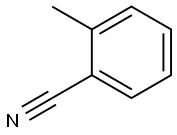
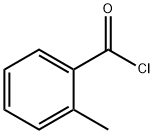
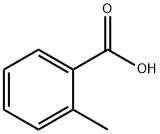
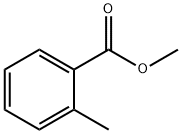



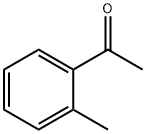
You may like
-
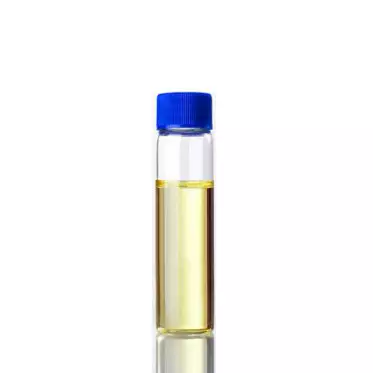 578-58-5 2-Methylanisole 99%View Details
578-58-5 2-Methylanisole 99%View Details
578-58-5 -
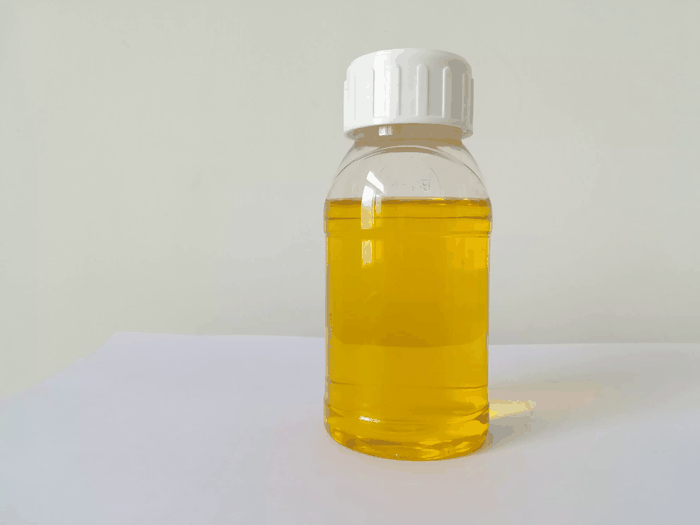 578-58-5 98%View Details
578-58-5 98%View Details
578-58-5 -
 2-Methoxytoluene CAS 578-58-5View Details
2-Methoxytoluene CAS 578-58-5View Details
578-58-5 -
 2-Methyl anisole, 99% CAS 578-58-5View Details
2-Methyl anisole, 99% CAS 578-58-5View Details
578-58-5 -
 2-Methylanisole CAS 578-58-5View Details
2-Methylanisole CAS 578-58-5View Details
578-58-5 -
 Ethyl-2-Chloroacetoacetate 609-15-4View Details
Ethyl-2-Chloroacetoacetate 609-15-4View Details
609-15-4 -
 609-15-4View Details
609-15-4View Details
609-15-4 -
 27143-07-3View Details
27143-07-3View Details
27143-07-3
